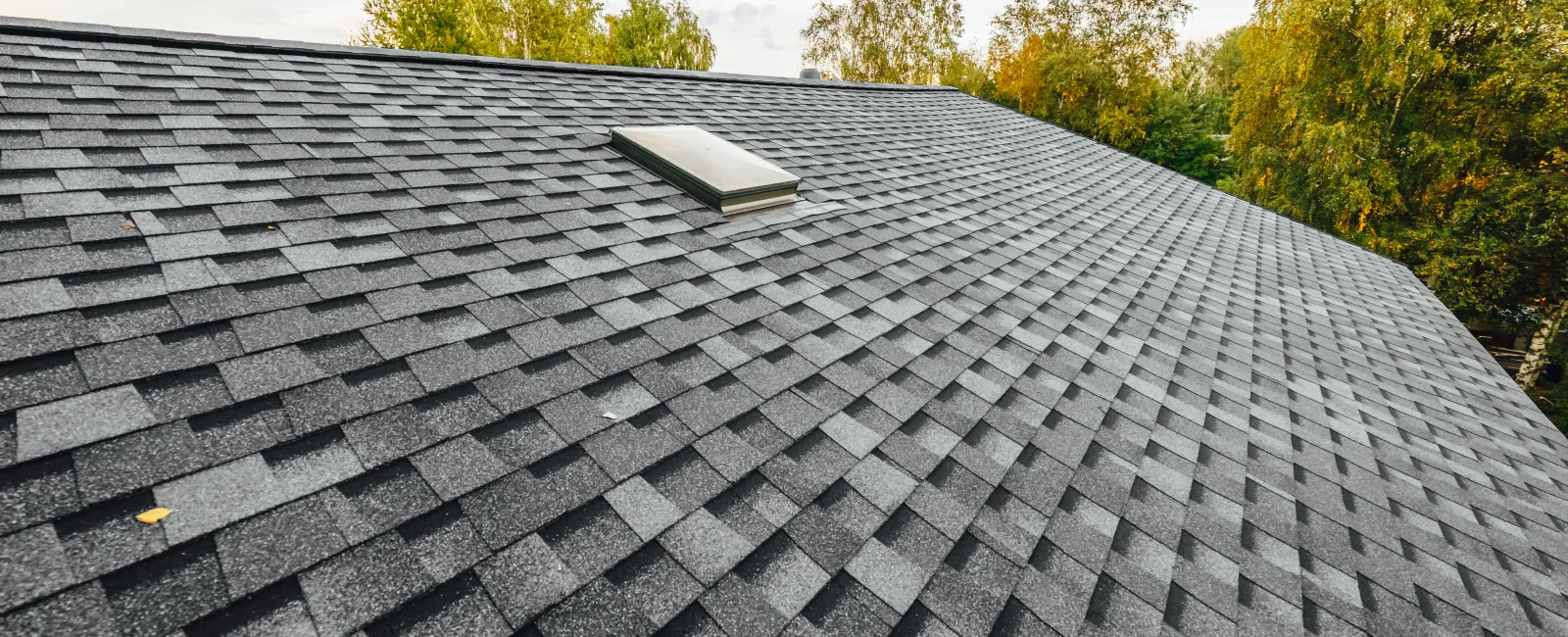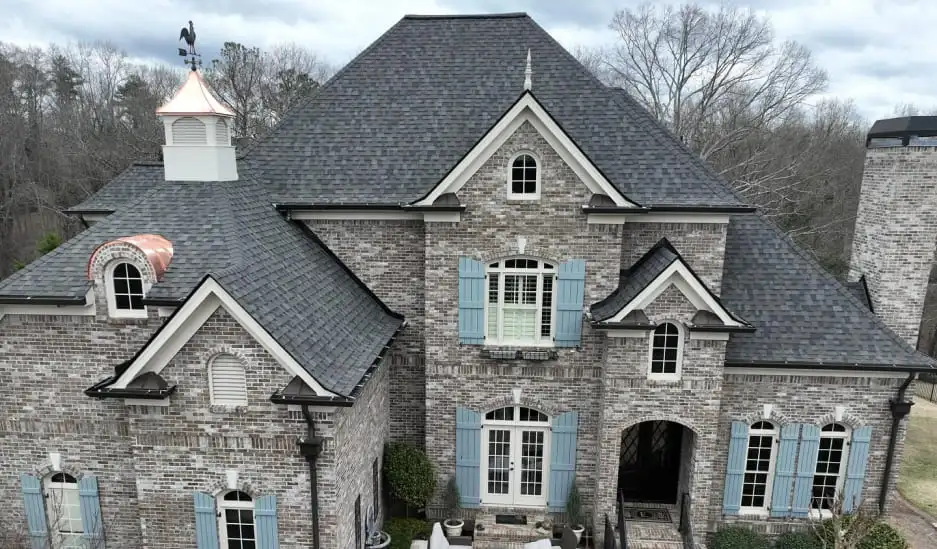You may find yourself with a tough decision the next time you have roofing work done on your home: Should you avoid the expense of removing shingles and simply add a second layer to the existing roof? While an extra layer of shingles may seem to give your roof additional protection, there are many negatives involved with this approach. Here is a look at the pros and cons.
A case for two layers of roof shingles?
The main case for adding a second layer of shingles is simplicity. By not removing the first layer of shingles, homeowners would be able to save on labor costs and shorten the time frame of the job. Though both these points are valid, you will end up spending the same amount of money (or more) later to have two layers of shingles removed. Since the second layer makes removal more difficult, you will find roofers have to work longer to get the surface ready for a fresh layer of shingles, creating higher labor costs the second time around.
Another argument in favor of two layers focuses on the amount of waste created from the job. Removing shingles means more materials for the landfill, some might argue. In fact, shingle recycling programs allow homeowners to stop roofing materials from ending up in Atlanta-area landfills. Old shingles are used by local municipalities in Roswell and other local towns to create roads. Ask your roofer about recycling options for old shingles.
Why roof shingles work best in single layers
The temporary savings you receive from adding a second layer of shingles does not outweigh the negative aspects.
- Warranty issues: Most shingle warranties do not apply when shingles are layered over existing roofing, according to InterNACHI. Two layers of shingles trap more heat, which in turn damages the shingles and shortens the life span of the roof.
- Savings: Saving on the initial shingle installation doesn’t solve the long-term cost of adding a second layer of shingles. Roofers will have to work harder and longer to remove two layers of shingles later, making the savings only temporary. Furthermore, since having more shingles can damage a roof, you may end up having to replace the roof sooner, which makes the entire project far more costly than necessary.
- Weight concerns: Many roof decks were designed to handle only one layer of shingles. Adding a second layer could compromise the structure of your roof.
- Problems fixing leaks: A second layer of shingles only complicates the job when a roofer is trying to fix a leak. Often, there is a problem with the first layer of shingles that was not apparent before the second layer was added. The complications open the door to more water damage than was necessary and higher labor costs for the repairs.
An extra layer of roof shingles may seem like a good idea in terms of protection and savings, but the case against this system is too strong to ignore.
Image source: Flickr



